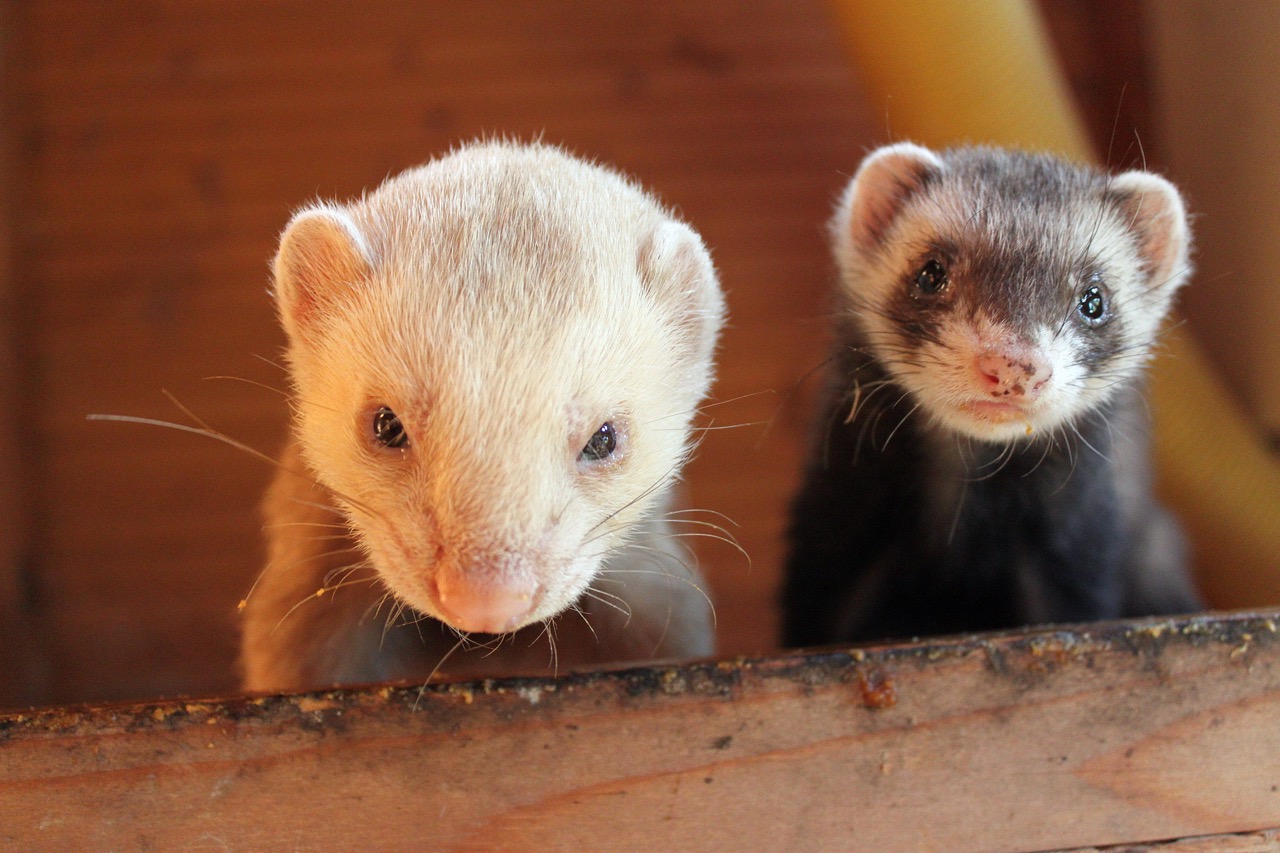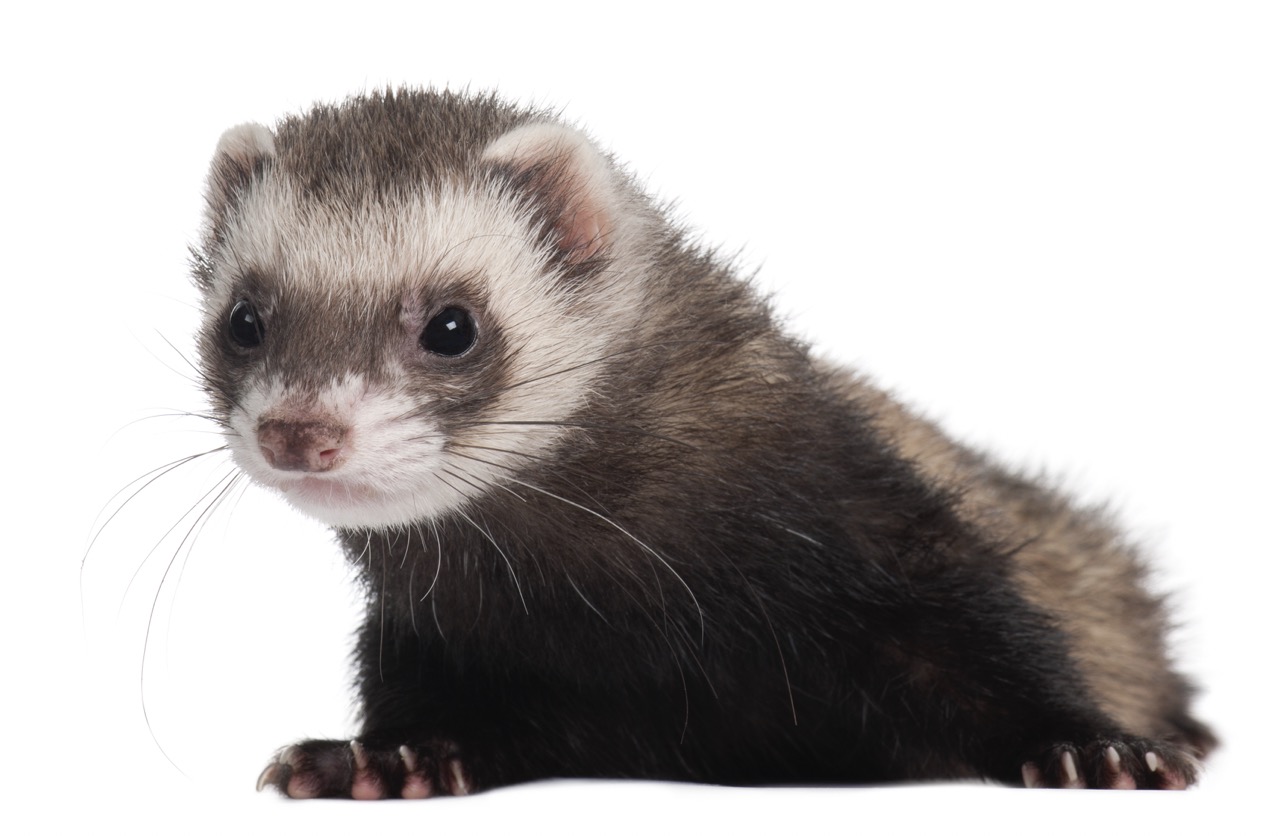Building a suitable cage for your ferret is a vital aspect of ensuring their well-being and happiness. Ferrets are energetic and curious animals that require plenty of space to play, explore, and exercise. A well-constructed ferret cage not only provides a safe haven for your pet but also encourages their natural behaviors. This article will guide you through essential considerations for designing a ferret cage with a large play area, selecting durable materials, creating an engaging environment, and maintaining a clean habitat.
Essential Considerations for Your Ferret Cage Design
When designing a ferret cage, size is one of the most critical factors. Ferrets are active creatures that thrive in spacious environments. Ideally, the cage should be at least 4 feet long, 2 feet wide, and 3 feet high to accommodate their need for vertical and horizontal space. Additionally, multiple levels or platforms can provide extra room for exploration while also offering climbing opportunities that enrich their lives.
Ventilation is another essential consideration. Proper airflow is critical to prevent the buildup of odors and to maintain a healthy environment. Look for designs that feature open spaces and mesh panels, allowing air to circulate freely. Remember, ferrets are easily prone to heat exhaustion, so ensuring adequate ventilation can help regulate temperature within the cage.
Lastly, consider accessibility. Your ferret will need a space that’s easy for you to reach into for cleaning, feeding, and interacting. Build your cage with removable panels or doors that open wide, allowing you to quickly access all areas of the enclosure without causing undue stress to your pet. Furthermore, a design that allows for easy monitoring of your ferret’s well-being will enhance your ability to provide timely care.
Selecting Materials for a Durable and Safe Cage
The materials you choose for your ferret cage can significantly impact its longevity and your pet’s safety. Opt for non-toxic, durable materials that can withstand the ferret’s natural instinct to chew. Metal wire, stainless steel, and untreated wood are excellent choices as they resist wear and tear over time. Be cautious with painted surfaces; ensure that any paint used is specifically designated as safe for pets.
Flooring is another area that requires careful thought. Avoid using wire mesh as the sole flooring, as it can harm your ferret’s paws. Instead, consider using solid surfaces that are easy to clean and comfortable for your pet. Tile, laminate, or wood covered with a soft, washable bedding material can provide a cozy, safe environment for your ferret to roam.
Additionally, consider the frame of the cage. A sturdy structure will prevent accidents and escape attempts, which are common among ferrets. Using thick, solid pieces for the base and supports will ensure that the cage can hold up against your ferret’s playful antics. Invest in high-quality materials to save yourself the hassle of frequent replacements, thereby providing a stable home for your beloved pet.
Creative Ideas for an Engaging Play Area Setup
Once your ferret cage structure is complete, it’s time to create a fun and engaging play area. Start by incorporating various climbing structures such as ramps, tubes, and shelves. Ferrets love to climb and explore, so adding multi-level platforms and tunnels can keep them entertained and physically active. Consider using PVC pipes or hammocks as additional elements to encourage natural climbing and resting behaviors.
Interactive toys are also essential for a stimulating environment. Consider offering a mix of chew toys, balls, and puzzle toys that challenge your ferret’s problem-solving skills. Rotating the toys periodically can maintain their interest and encourage exploration. Look for toys specifically designed for ferrets, as they are typically more durable and safe for their playful nature.
Lastly, include enrichment items such as hiding spots and nesting areas. Ferrets enjoy burrowing and playing hide-and-seek, so providing boxes, crumpled paper, or fabric tunnels can create a stimulating environment. You can also use natural elements like untreated branches or small logs for climbing and exploring. By creating a versatile play area, you’ll ensure that your ferret is engaged, active, and happy.
Maintenance Tips for a Clean and Healthy Habitat
Maintaining a clean living space for your ferret is crucial for their health and happiness. Establish a daily cleaning routine that includes spot-cleaning any waste or soiled bedding. Additionally, refill food and water bowls daily, ensuring they stay fresh and clean to prevent any health issues.
A weekly deep clean should also be part of your maintenance routine. Remove all bedding, toys, and accessories from the cage, and clean the surfaces with a mild, pet-safe disinfectant. Rinse thoroughly to ensure that no residue remains, as ferrets can be sensitive to strong chemicals. This regular upkeep will help reduce odors and the risk of disease, creating a healthier environment for your pet.
Finally, monitor your ferret’s habitat regularly for any signs of wear or damage. Inspect the cage for loose wires, broken floors, or any sharp edges that could harm your pet. Being proactive about maintenance will not only keep your ferret safe but also prolong the life of the cage itself, ensuring that it remains a great home for your playful companion.
Building a ferret cage with a large play area requires careful planning and consideration to ensure your pet’s safety, comfort, and happiness. By addressing essential design elements, selecting appropriate materials, creating an engaging play environment, and committing to regular maintenance, you can create a sanctuary that fulfills your ferret’s needs. A well-designed cage serves not only as a home but also as a stimulating environment, providing your ferret with endless joy and activity.










